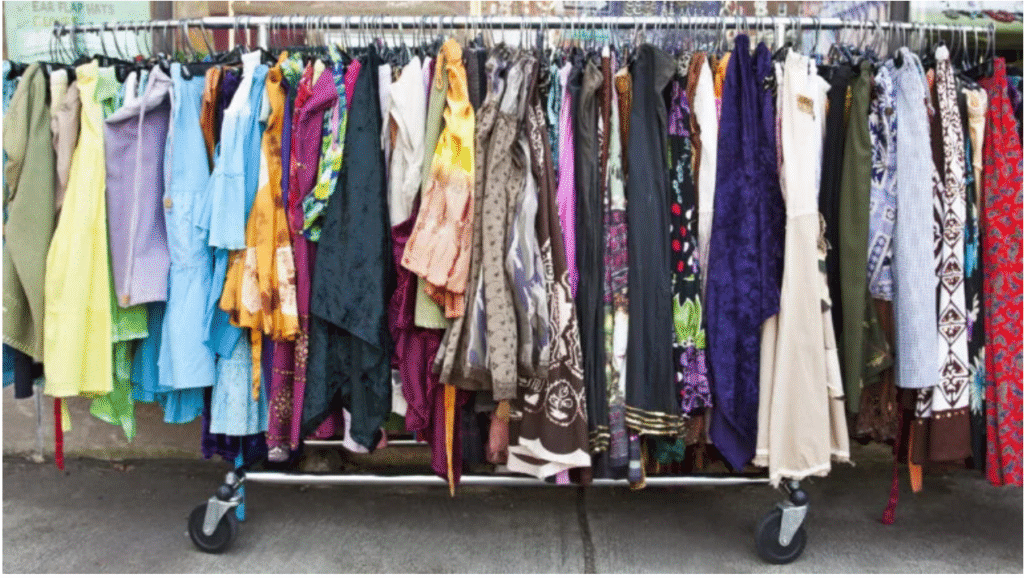Streetwear has become one of the most influential movements in fashion, shaping how we dress across generations. But it wasn’t always about luxury brands and high-profile collaborations, it began in small underground communities and slowly grew into the billion-dollar industry it is today. Here’s a look at how streetwear evolved through the decades.
1. The Roots: 1970s – 1980s (Hip-Hop & Skateboarding Culture)
Streetwear first began emerging in the late 1970s and 1980s, deeply tied to hip-hop, graffiti art, and skateboarding. New York’s hip-hop scene pioneered oversized silhouettes, sneakers, and logo-heavy styles, while California’s skateboarding culture brought graphic tees, Vans, and a rebellious DIY attitude.
Brands like Stüssy, founded in 1980, were among the first to create streetwear that combined surf culture with bold graphics, becoming a blueprint for future labels.
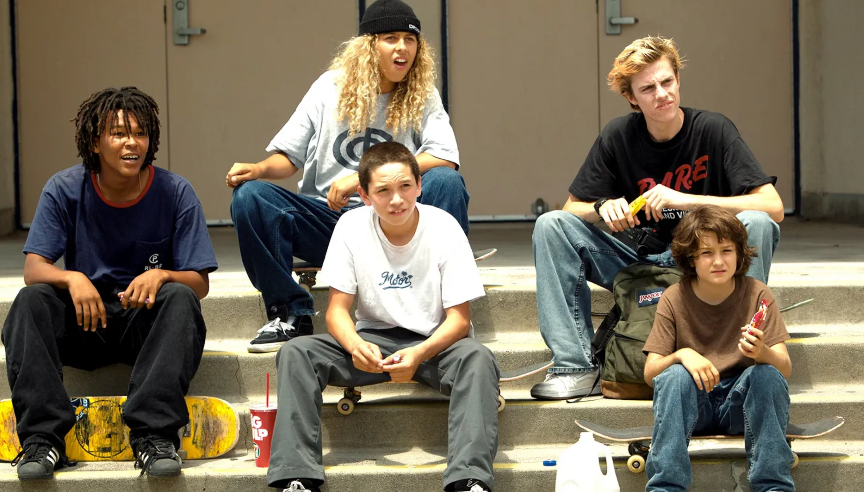
2. The Golden Era: 1990s (Logos & Urban Identity)
The 1990s saw streetwear truly take off. Hip-hop’s dominance in music and culture made baggy jeans, Timberlands, and oversized hoodies mainstream. Luxury logo obsession started with brands like Tommy Hilfiger and Polo Ralph Lauren becoming status symbols in urban communities.
Skate brands like Supreme (founded in 1994) also began to dominate, with limited drops and exclusivity shaping how streetwear was consumed. This period solidified streetwear as not just clothing, but a cultural identity tied to authenticity and rebellion.
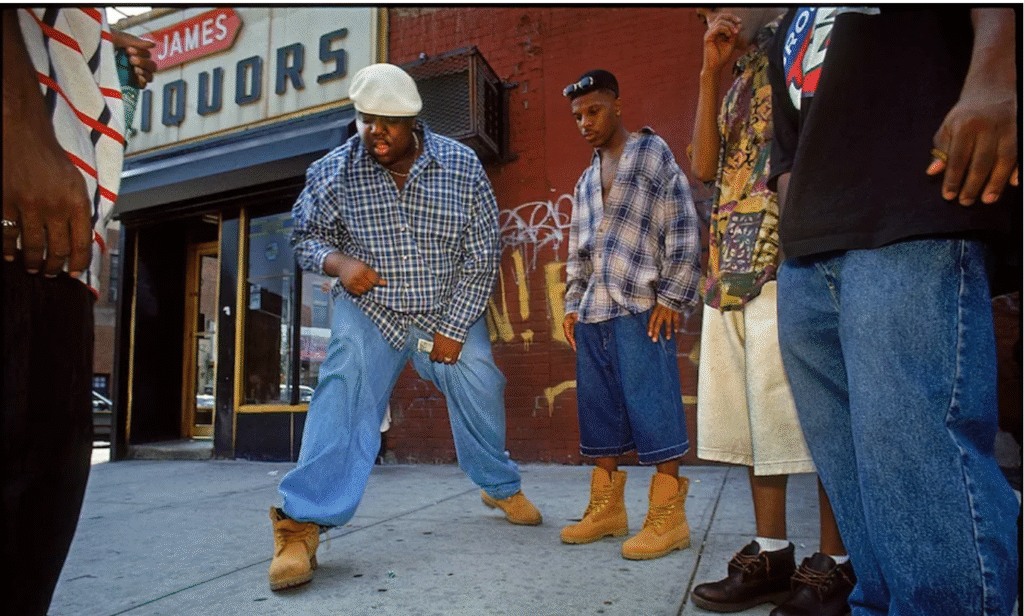
3. The Rise of Collaborations: 2000s
In the 2000s, streetwear began merging with sneaker culture and luxury fashion. Nike and Adidas collaborated with streetwear designers and hip-hop artists, sparking sneaker drops that sold out instantly.
The rise of Japanese streetwear—with brands like A Bathing Ape (BAPE)—took global influence to new heights. Meanwhile, Supreme’s collaborations with Nike and The North Face showed how exclusivity and hype could transform streetwear into a worldwide phenomenon.
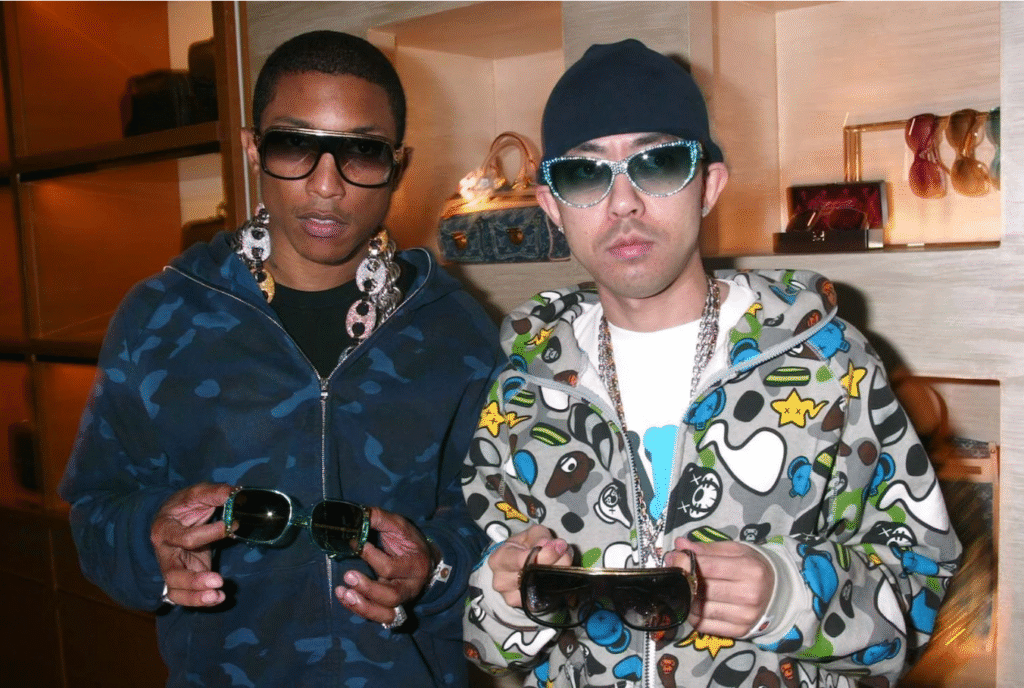
4. Streetwear Meets Luxury: 2010s
The 2010s marked the mainstream takeover of streetwear. Kanye West’s Yeezy line, Virgil Abloh’s Off-White, and collaborations between Supreme and Louis Vuitton (2017) blurred the line between luxury and street style.
Streetwear was no longer underground—it was the dominant fashion language. Drops became cultural events, resale markets exploded, and major fashion houses embraced the aesthetic once considered too casual.
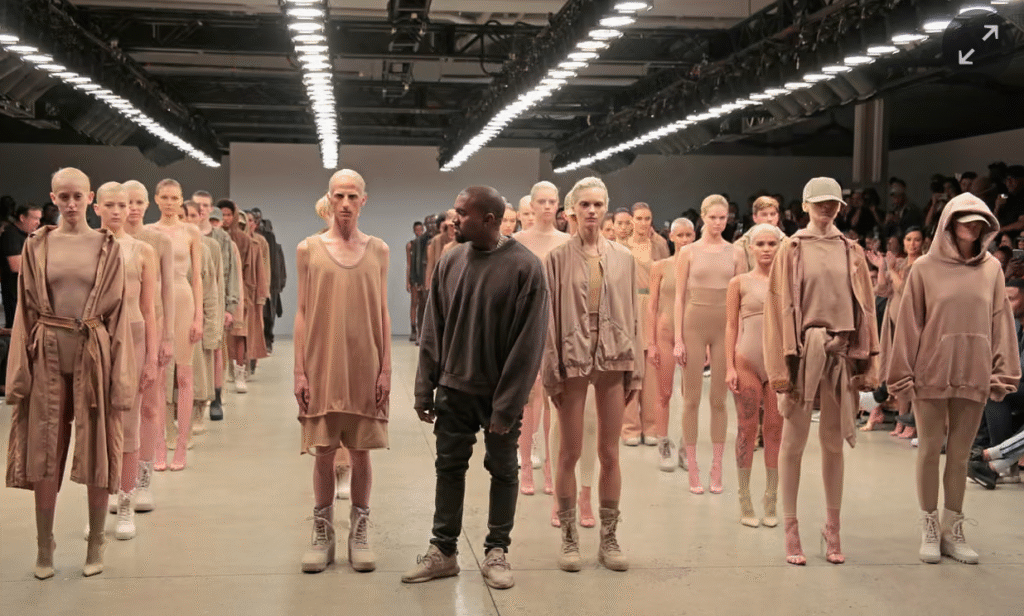
5. Today: 2020s – 2025 (The New Era of Streetwear)
In the 2020s, streetwear has evolved into a global fashion powerhouse that values sustainability, inclusivity, and personal expression. While oversized hoodies and sneakers remain staples, there’s a shift toward minimalism, gender-neutral fits, and eco-friendly fabrics.
TikTok influencers and Gen Z are reshaping streetwear, mixing thrifted pieces with high-end brands, proving that the culture continues to evolve while staying true to its roots of self-expression.
